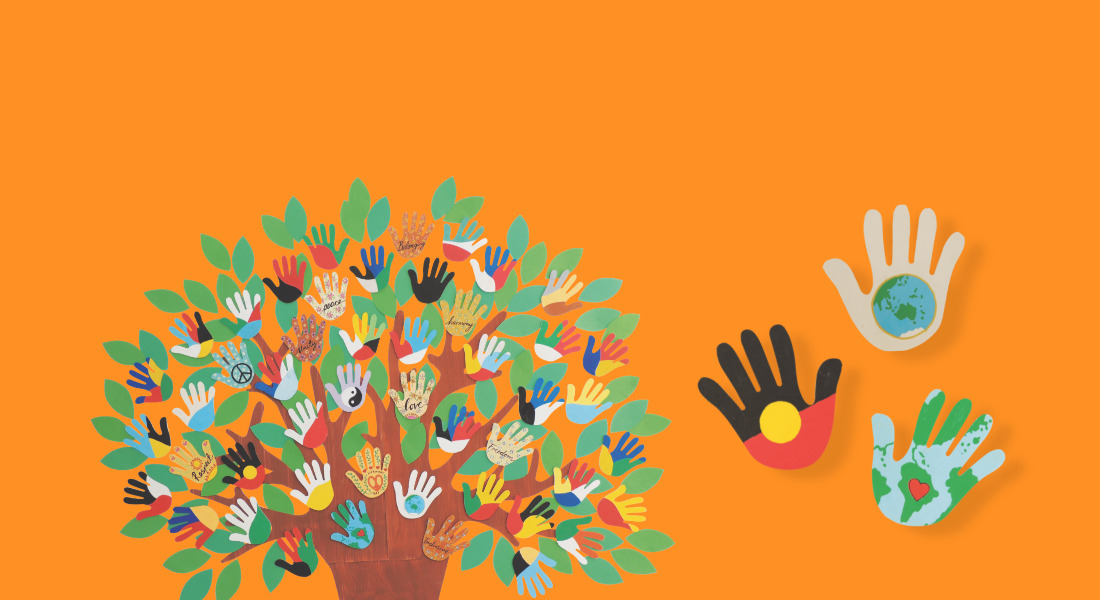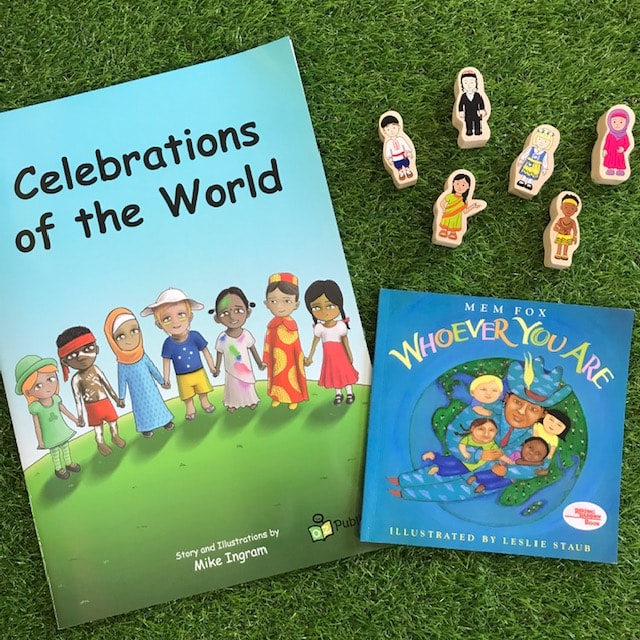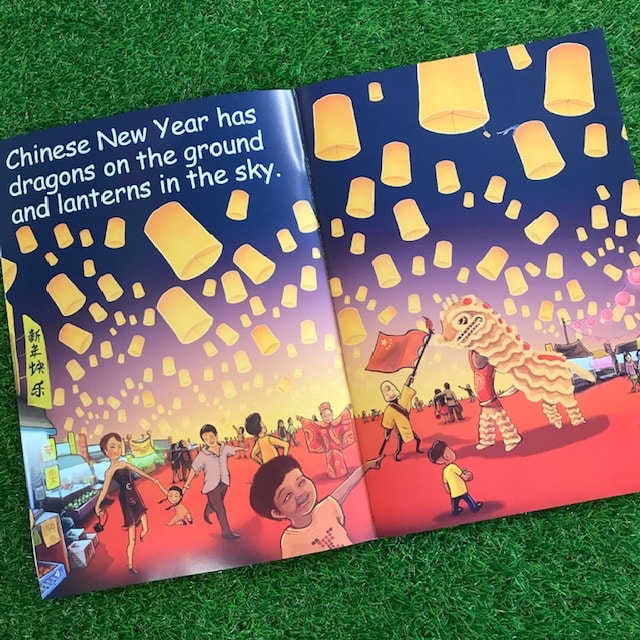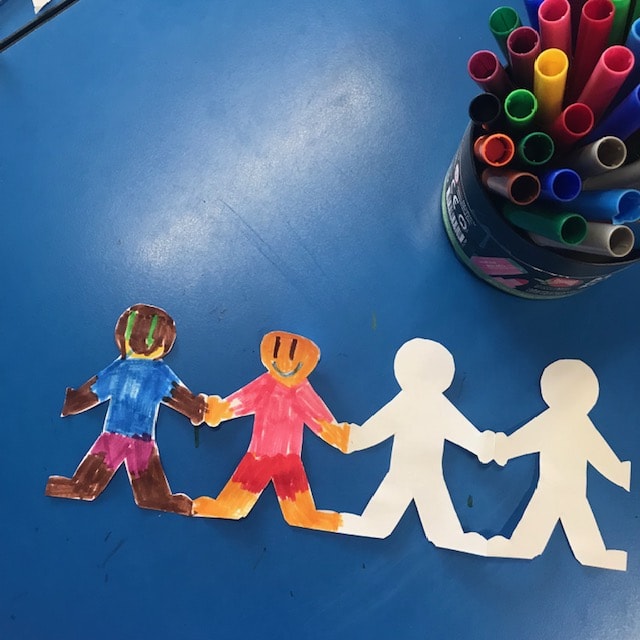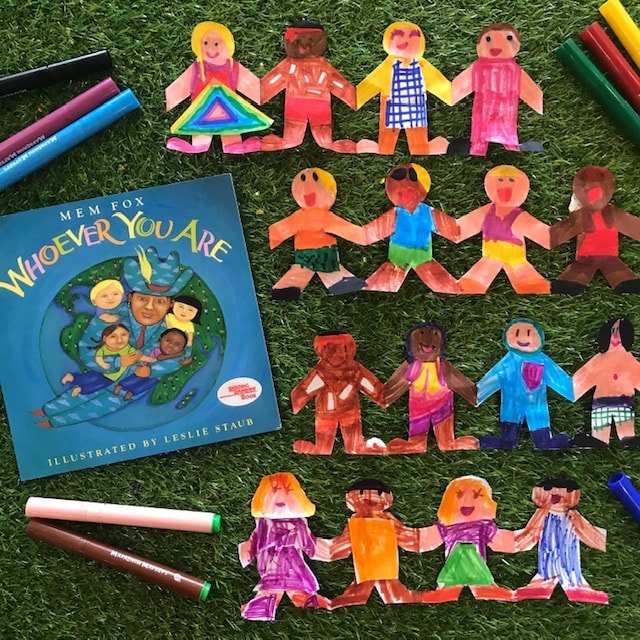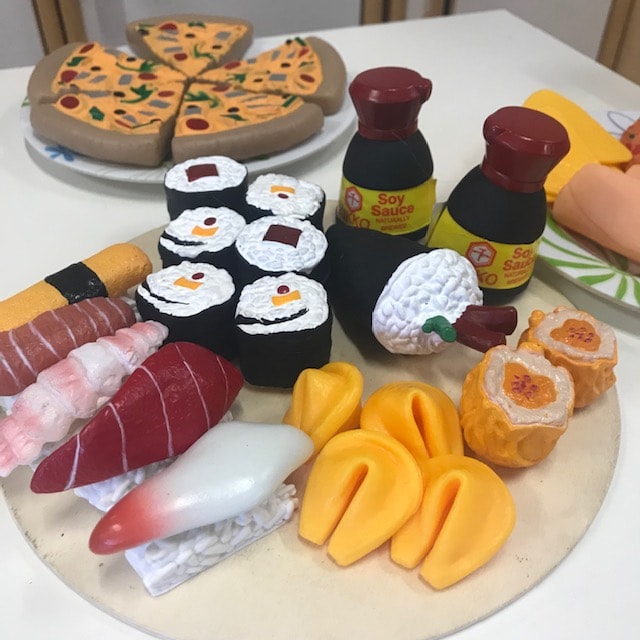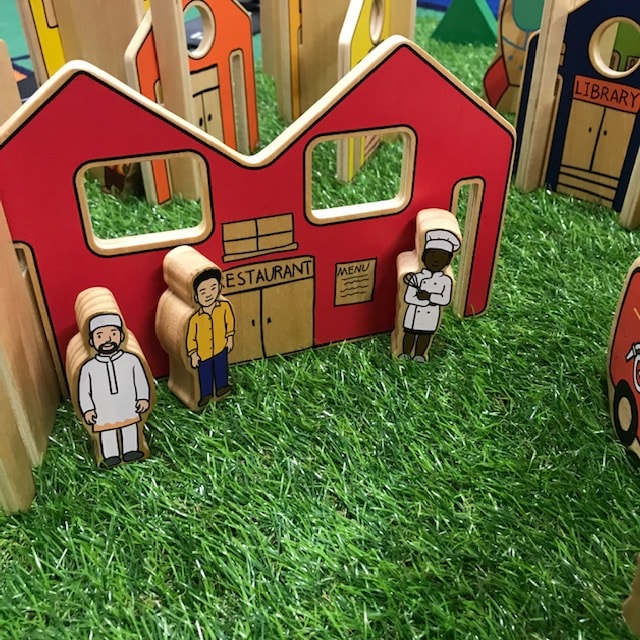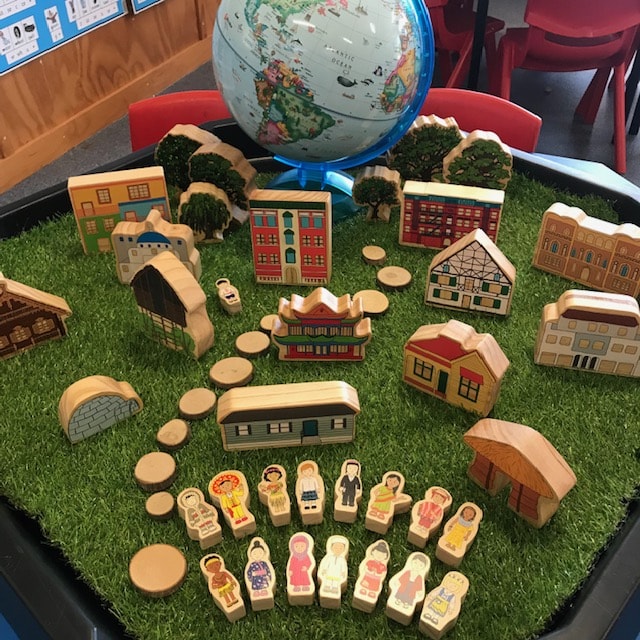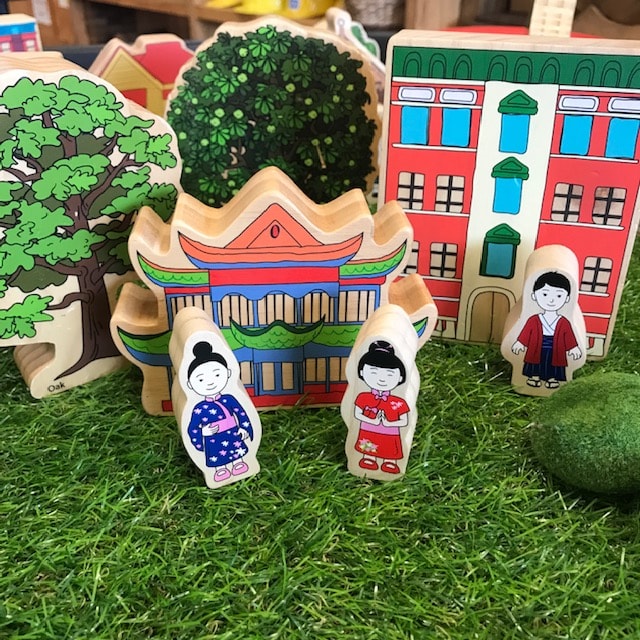14 ways to celebrate our cultural diversity in an inspiring way…
Harmony Day ( 21 March 2025) is part of Harmony Week, which celebrates Australia’s amazing cultural diversity. During this week, schools celebrate inclusiveness, respect and a sense of belonging for all Australians, from the traditional custodians of the land to those who have come from many countries around the world.
This week of inclusiveness is celebrated from Monday, 17 to Sunday, 23 March 2025, so there are plenty of opportunities to create and participate in activities all week long.
With the motto ‘Everyone belongs’, Harmony Week encourages us to appreciate our differences and similarities, promote inclusiveness, and show mutual respect for everyone, regardless of race, colour, religion, or background.
Let’s come together to celebrate Harmony Week 2025 and continue building a nation where everyone truly belongs.
Why we love Harmony Day
- It celebrates diversity
- You can celebrate your own way
- It unites cultures
Statistics show that diverse communities, companies and civilisations are happier, healthier and more prosperous. So, including everyone really does make the world a better place!
The history of Harmony Day
Harmony Day was first celebrated in Australia in 1999. People celebrate it by reflecting on the ways they can live in harmony with their neighbours. In 1998, the government commissioned a study into the nature of racism that highlighted a greater need for people to ‘live in harmony’. As a result, Harmony Day was created to encourage everyone to respect each other and appreciate the country’s vibrant multicultural background.
Fascinating facts
Some interesting statistics about Australia’s diversity today from latest Census Data:
- 29.1% of Australia’s population were born overseas.
- 51.5 % of Australian residents were born overseas (first generation) or have a parent born overseas (second generation)
- We identify with over 300 ancestries in Australia
- 812,728 people identified as Aboriginal and/or Torres Strait Islander. This is an increase of 25.2% since 2016, representing 3.2% of the population.
- 167 Aboriginal and Torres Strait Islander languages were used at home by 76,978 Aboriginal and Torres Strait Islander peoples. The most widely reported language groups used were Arnhem Land and Daly River Region Languages (14.5%) and Torres Strait Island Languages (12.0%).
- Since 1945, more than 7.5 million people have migrated to Australia
- The top five most reported ancestries included English 33.0%, Australian 29.9%, Irish 9.5%, Scottish 8.6% and Chinese 5.5%.
- Mandarin is the most common language other than English spoken in Australia with 685,274 people using Mandarin at home.
- This is followed by Arabic (367,159 people), Vietnamese (320,758 people), and Cantonese (295,281 people).
- Punjabi had the largest increase, showing 239,033 people using Punjabi at home.
- Nepali featured in the top five languages used at home in both ACT (1.3%) and Tasmania (1.3%).
- 85% of Australians agree multiculturalism has been good for Australia
How to celebrate Harmony Day
As an educator, you can use this day (or week) to help students understand the importance of celebrating diversity, inclusion, respect, empathy and community. Harmony Day activities help us understand how all Australians equally belong to this nation and enrich it. We’ve put our thinking caps on and curated some ideas that schools can use to celebrate Harmony Day 2025 in a respectful and engaging way.
- Wear orange
On the official Harmony Week website, it tells us that ‘orange is the colour chosen to represent Harmony Week’ as it ‘signifies social communication and meaningful conversations. It also relates to the freedom of ideas and encouragement of mutual respect.’ So, ask your class or school to wear something orange on Harmony Day to show their support for cultural diversity and an inclusive Australia.
- Share stories
What better way to promote diversity than by exploring different cultures and customs from your peers? Encourage students to share stories about their backgrounds with their classmates. Storytelling is such a personal way to learn about different traditions and a way to promote cross-cultural understanding. This beautiful Fair Trade Aboriginal Symbol Kit would make a great year-round addition to any classroom.
- Eat the world’s yummiest food
Food is a universal language that brings people together. Encourage students to bring in a traditional dish from their culture or organise a multicultural food festival. This is a fun (and yummy) way for children to learn about different cultures and celebrate our culinary similarities and differences. Perhaps your class can bake a Harmony Cake, mixing different ingredients to produce a delicious and harmonious result.
- Get arty & crafty
Arts and crafts are a fantastic way to explore diversity and for students to display their heritage. Why not organise a poster or art competition around the theme of Harmony Day? For art and craft projects that showcase different cultures, inspire your class to create a traditional item (think Chinese paper lantern, mask, origami or Indigenous basket) or create a symbolic diversity tree of hands or paper chain of people from around the world. This is a great all year round Multicultural Craft Kit.
- Role play with multicultural families
Consider role play or putting on a show with a set of stylised multicultural dolls or characters or even finger puppets. We love our beautiful Fair Trade Multicultural Families handmade in India under Fair Trade conditions, especially for younger age groups.
- Make music!
Encourage students to bring in music from their culture and play during class. We love this all-rounder Cultural Music Set. Alternatively, look at celebrating Harmony Day with a class choir. Choose a unifying song to bring their voices together. Invite students to perform their song in a cultural performance for the school at assembly. Music is a fabulous way to celebrate cultural diversity.
- Multicultural dance party
Students can learn traditional dances from different cultures. Or enjoy a multicultural dance party with the traditional music the students share. What a great way to appreciate the beauty of cultural expression. Alternatively, organise a Cultural Dance Workshop. Invite a dance instructor or member of the community to teach traditional dances from different cultures.
- Traditional costumes
Dress-up Day in traditional cultural costumes is a fun and interactive way for students to showcase their unique heritage and celebrate the diversity of their peers. There are so many intricate and beautiful traditional costumes to see and celebrate.
- Inclusive classroom activities
Harmony Week classroom activities are a simple way to promote diversity. You could encourage students to teach each other phrases or words in different languages, starting with ‘hello’. Or think interactive, and use videos as stimulus, or take the class on a 360-degree virtual tour of another country using your interactive panel.
Some other classroom starters here:
https://www.harmony.gov.au/get-involved/schools/early-childhood
https://www.harmony.gov.au/get-involved/schools/primary-school
https://www.harmony.gov.au/get-involved/schools/lower-secondary
- Cultural display
Set up a cultural display in your classroom, featuring artifacts, pictures and other items from different cultures around the world. Encourage students to contribute to the display by bringing in items from their culture or a culture they’re interested in. This is a great way to spark conversations about different traditions.
- Invite guests to chat!
Help students gain a better appreciation of different cultures firsthand by inviting a guest speaker or local community member to engage in some personal cultural storytelling. Real, lived experiences make for a more authentic way to bring a different cultural perspective to life.
- Explore your diverse community
Give students a deeper understanding of the cultural diversity of their community by going on a community walk. Point out cultural landmarks, such as religious buildings or monuments and discuss the significance of these landmarks to the community.
- Involve students in community outreach programs
Organise community outreach programs for older students to participate in. Visit cultural centres, attend festivals or volunteer with community organisations. This provides an opportunity for students to connect with people from different cultures, gain a deeper understanding of these communities, and make a difference in the world.
- Harmony Day pledge
Ask students to take a pledge to promote harmony, respect and inclusion in their school and community. They could write and decorate their own pledge with their own heartfelt message, then place their pledge on the classroom walls.
Celebrating Harmony Day in the classroom is an excellent opportunity for you to engage students in meaningful conversations and activities that promote understanding, empathy and a sense of community. By promoting cultural diversity and inclusiveness, teachers can create a learning environment that celebrates the unique differences and similarities of all cultures. Let’s come together, celebrate our diversity, and make Harmony Day a day to remember!
At MTA, we have some amazing pedagogically sound resources that embrace diversity, inclusiveness and multicultural celebrations all year long…
Other links to inspire:
Visit the Australian Government Harmony Week for schools website for a collection of lesson ideas organised by level of schooling and subject area and aligned to the Australian Curriculum and resources for Harmony Week including templates for posters, invitations and certificates as well as frames, filters, graphics and banners for websites and social media. Learn more about understanding diversity and culture at the Multicultural Education webpages. Find out more about Planning Harmony Week here.
Download our free Harmony Day Art & Craft activities here.

